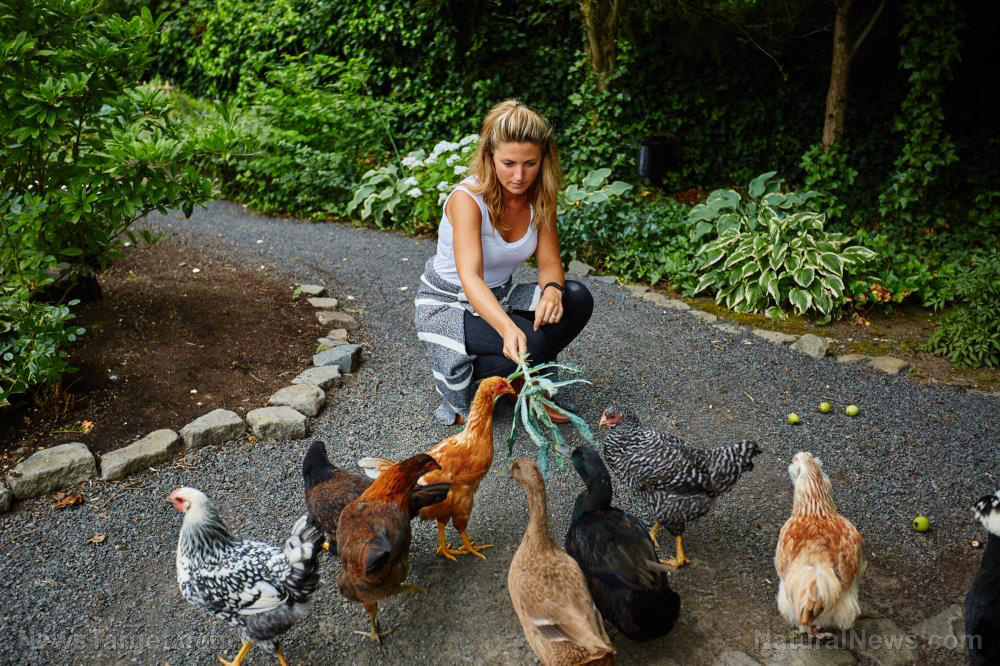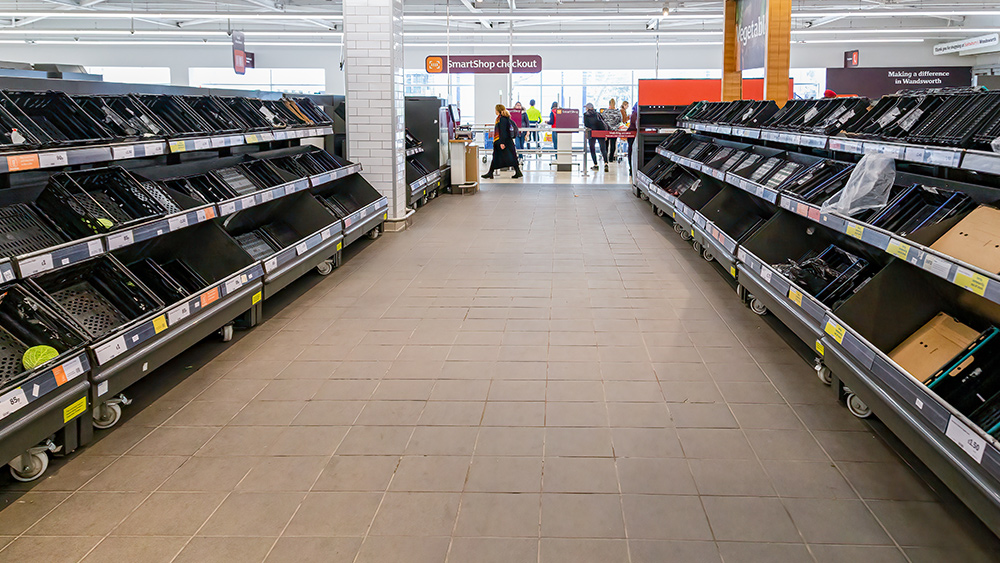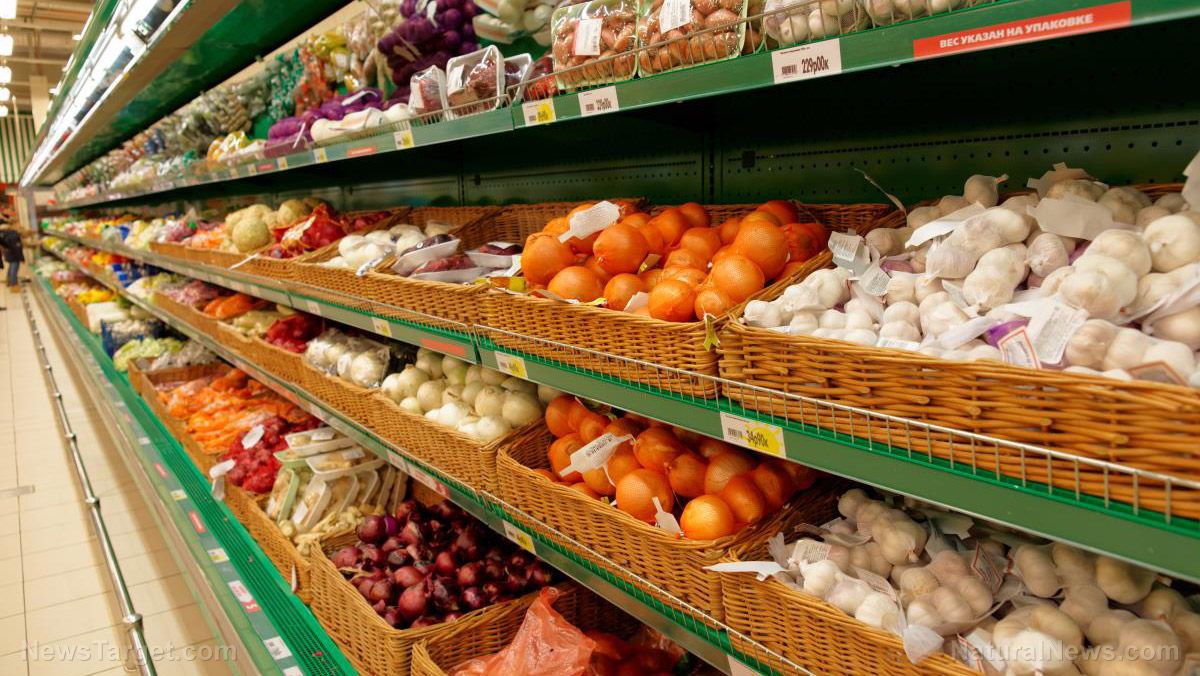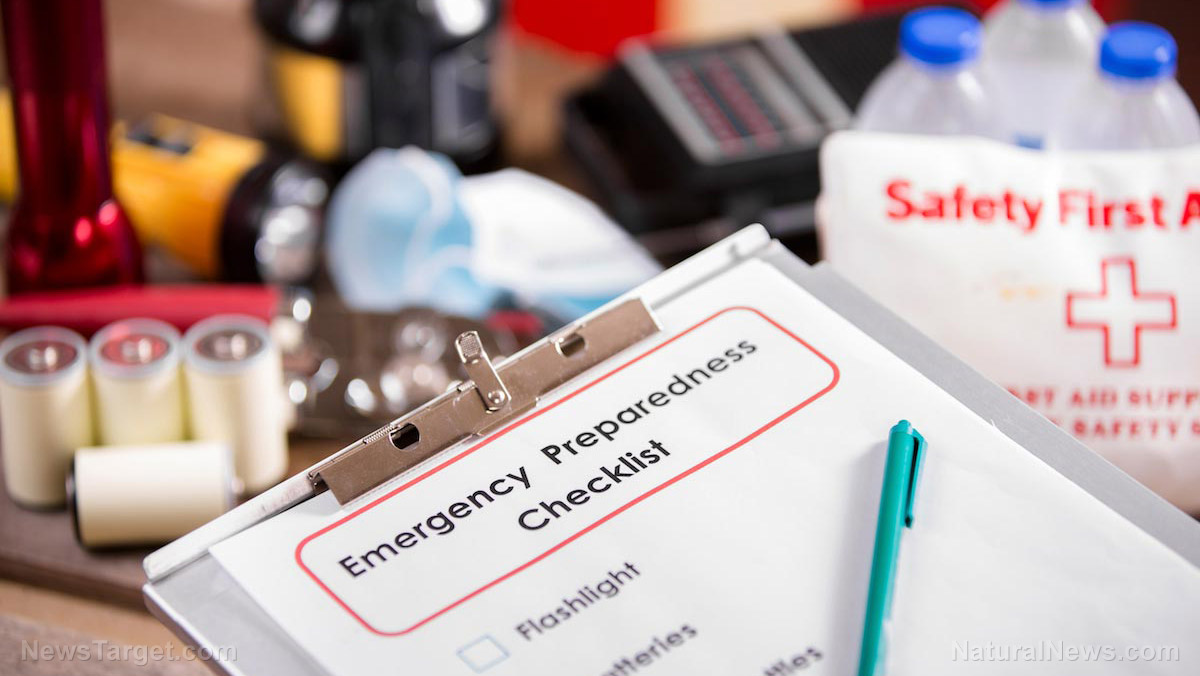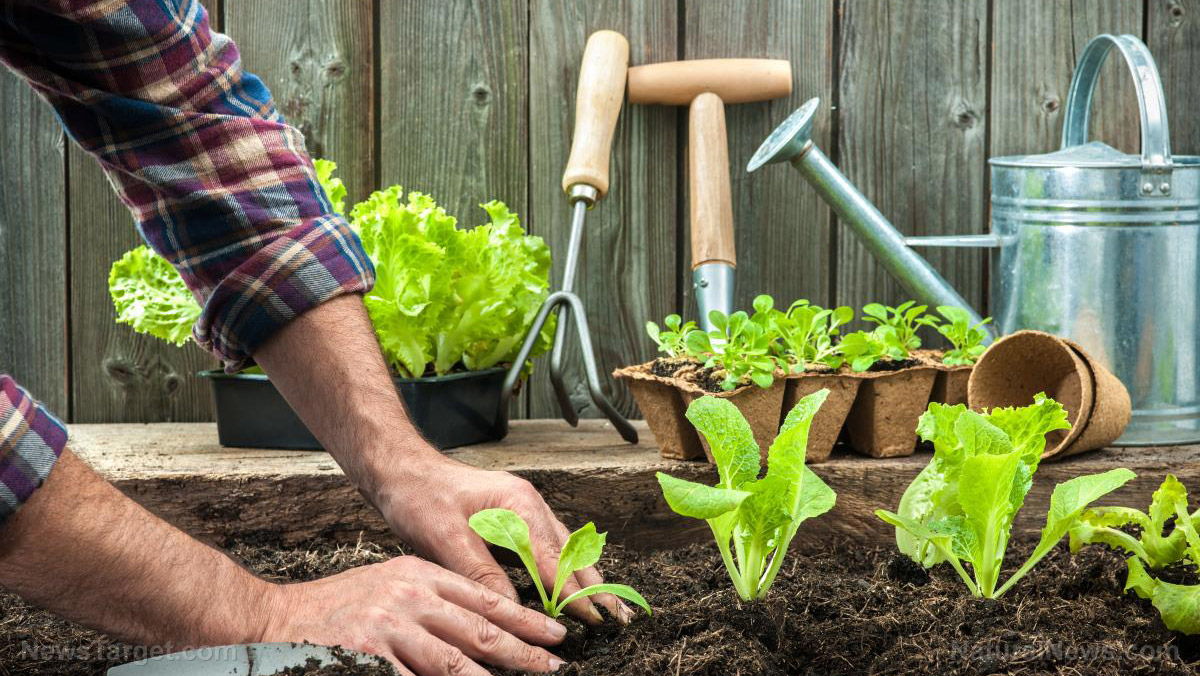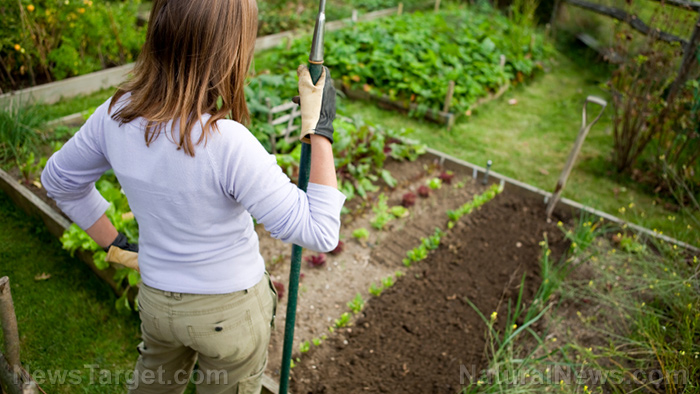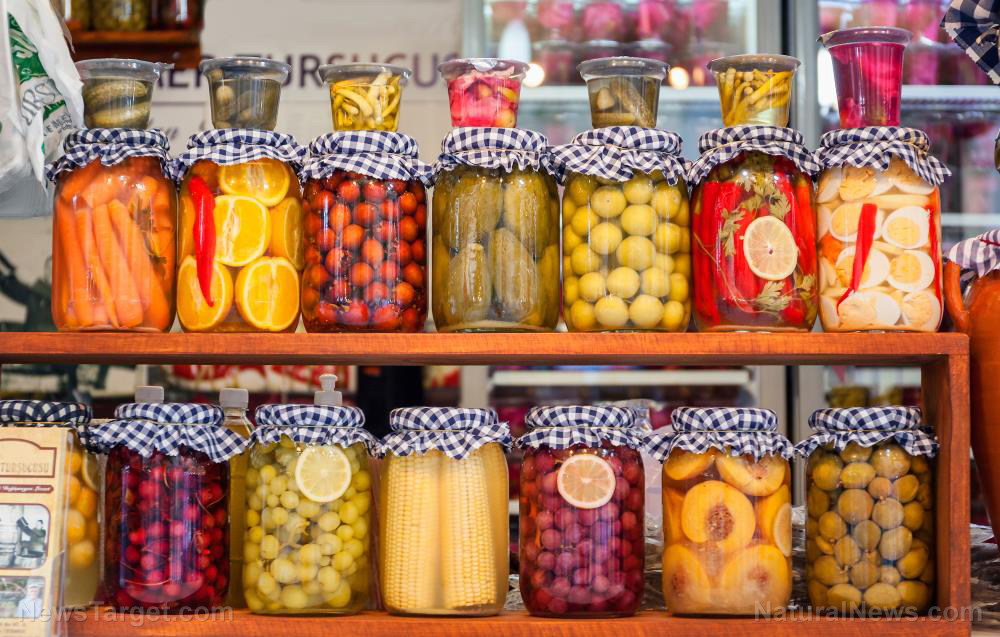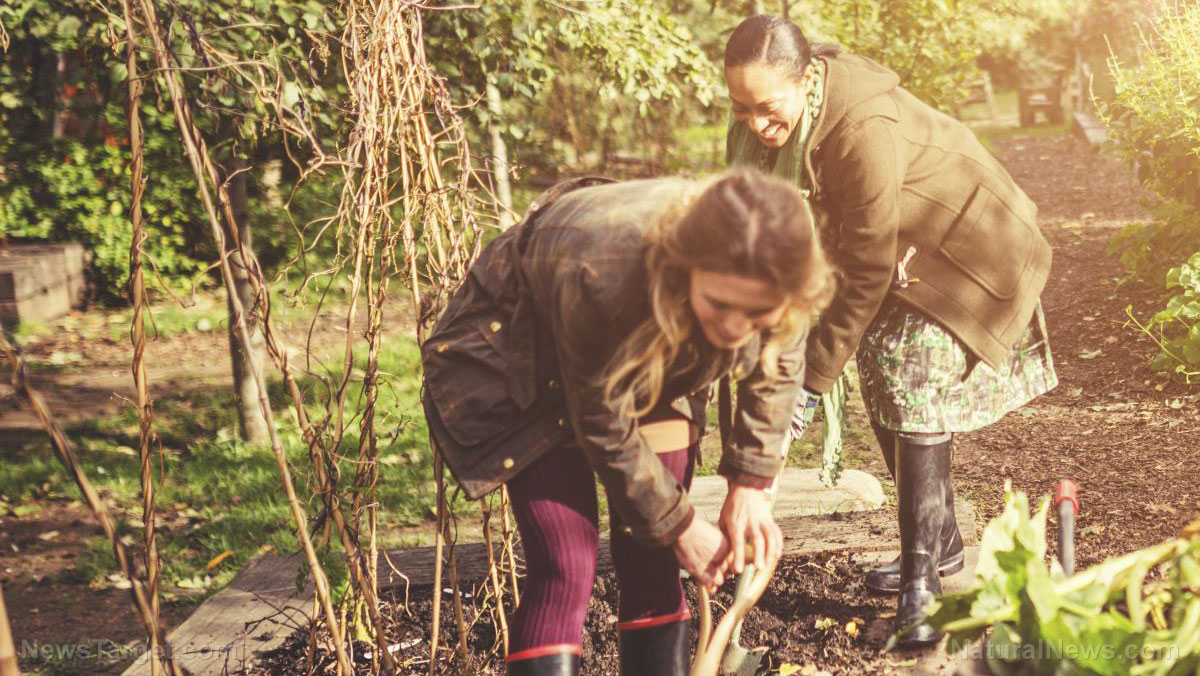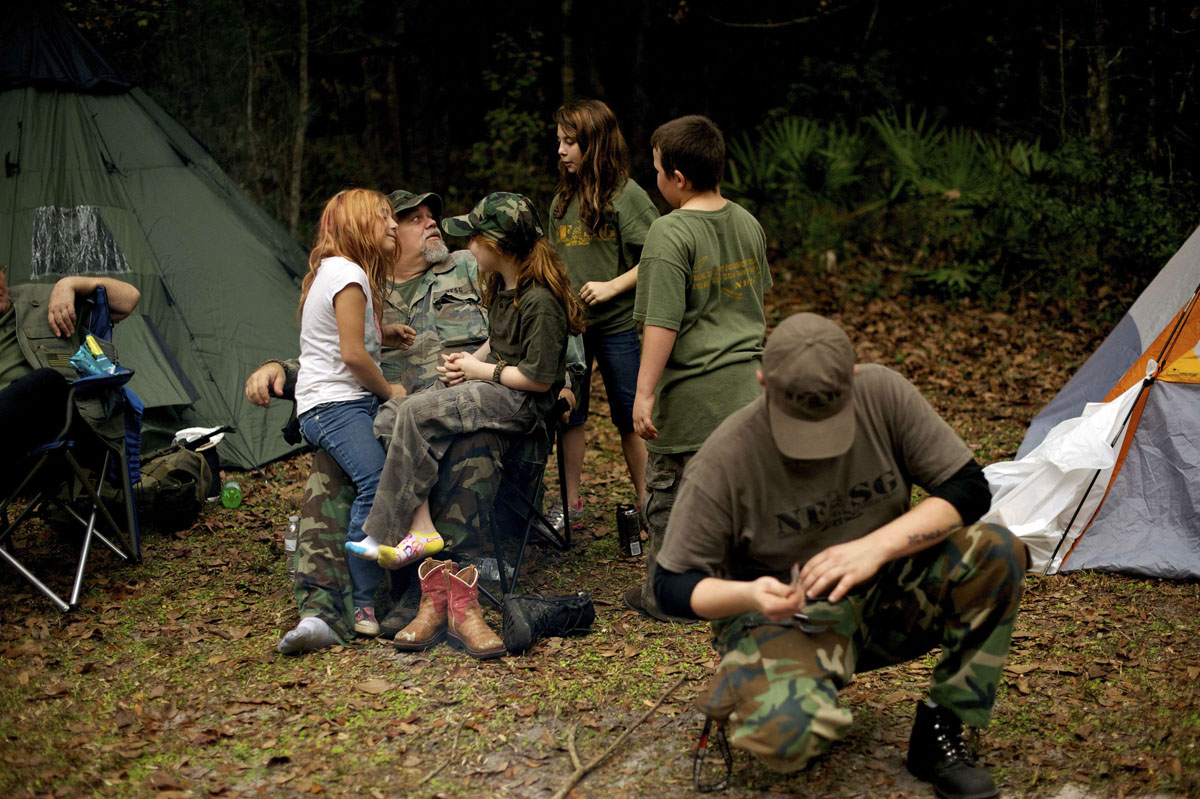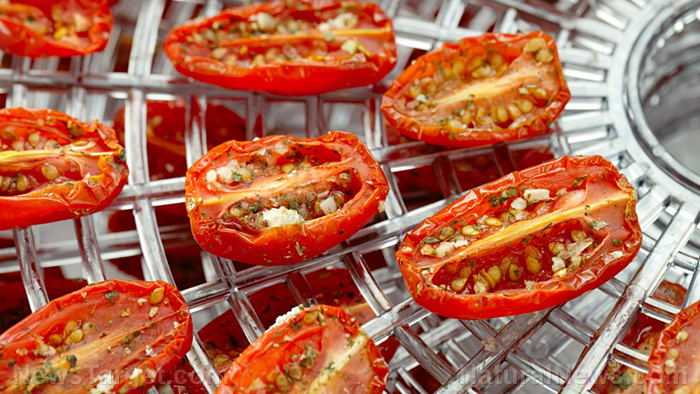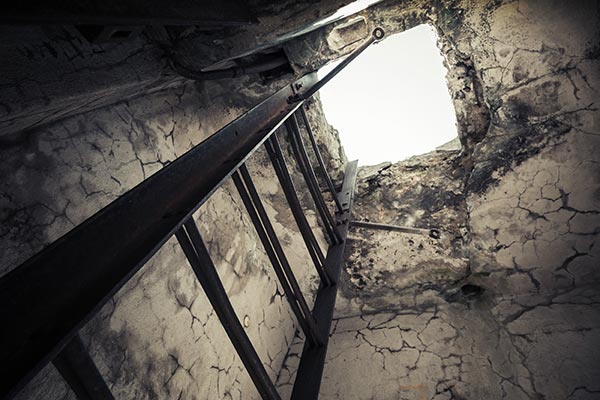Stockpile Storage 101: 6 Storage hacks any prepper should know
04/26/2020 / By Arsenio Toledo
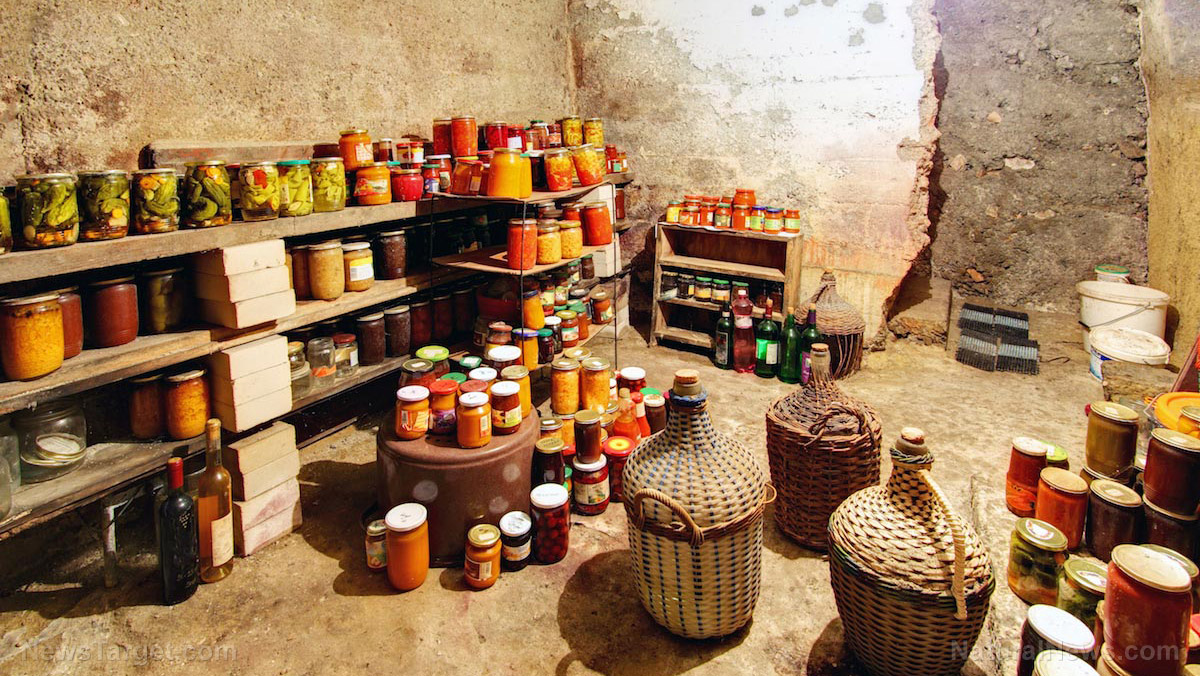
Unless you have a really big home, preferably out in the country where you also have a lot of land, you probably don’t have enough space to store all of the food, water, medicines and gear you need to last you several months up to a year. As a prepper, you will need a lot of storage space. Fortunately, there are ways to maximize the amount of space you already have. Here are six other places in your home where you can store some extra supplies. (h/t to Survivopedia.com)
Bookcases
Your bookcases can be emptied out and filled with all kinds of items. If you prefer to keep your books where they are, then the bookcases can be used as a hidden storage device. Simply pull your books forward to the edge of the bookcase, and you can store anything that can fit behind the few inches of space that this provides.
Inside the walls
The interior walls of a home usually have at least three inches of empty space inside them, other than some electrical wires, heating ducts or water pipes. This means that if you open up a section of your home’s drywall, you can build shelves in there where you can store cans and jars of food, containers filled with water or other gear you need to hide.
Under the beds
You probably have more space under your bed than you think you do. There is a surprising amount of space under your bed frame. You might even already use that dark, empty space to store some old items. Depending on the size of your bed, you may be able to store a handful or several dozen water containers under there, giving you plenty of water to survive at least several days. With some skilled maneuvering to make sure you maximize the amount of space you use, you may even be able to fit more containers than you first thought possible. Once you’ve filled up the space underneath your bed, simply hide your containers with a bed skirt.
Under the stairs
If you have a two-story home, you may have some space to store items under the staircase. You may already be using that space as a closet for clothes or other items. This room should be able to fit several boxes worth of food, water and any other gear you need to store. If your home has angled or switchback stairs, you might not have a closet underneath them. Consider getting a storage closet built under there.
A root cellar
A root cellar is a sort of basement. This room acts as a natural refrigerator. If built correctly, it can maintain temperatures that are cool enough to keep food fresh for long periods of time. If you already have a basement, then you can convert that space into a food storage room. If not, consider building a root cellar out of cement block. Your root cellar should have a stable temperature of between 50 to 55 F. (Related: Here’s how to use cold storage to keep your fruits and vegetables fresh, even without electricity.)
Burying it
If you own a patch of empty land, one of the simplest ways you can store food is to simply bury it, provided that your food is kept in airtight containers. Make sure you dig deep enough in a spot in your backyard that you can easily remember, such as near a tree, or in a spot where you’ve placed a marker. If you’re going to dig up several holes, consider doing them in a grid pattern, so that you can easily remember where all of the other plots filled with buried food are. You can even make yourself a map telling you where all your items are buried.
If you want to learn more about safeguarding your own food supply, check out the articles at FoodStorage.news.
Sources include:
Tagged Under: bugout, emergency food, Food storage, food supply, Gear, homesteading, off grid, preparedness, Preppers, prepping, root cellar, SHTF, Stockpile, Storage, storage space, survival, survival food, survival skills, survivalist
RECENT NEWS & ARTICLES
Homesteading.News is a fact-based public education website published by Homesteading News Features, LLC.
All content copyright © 2018 by Homesteading News Features, LLC.
Contact Us with Tips or Corrections
All trademarks, registered trademarks and servicemarks mentioned on this site are the property of their respective owners.



